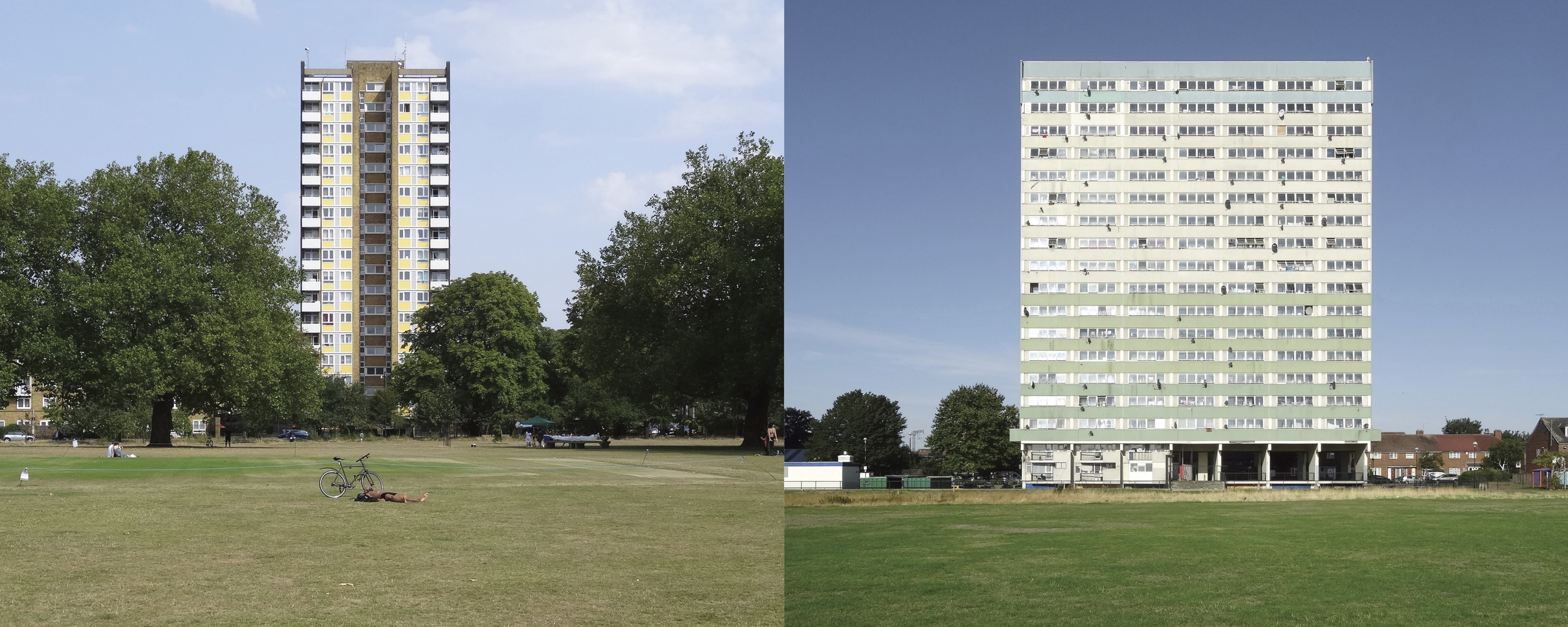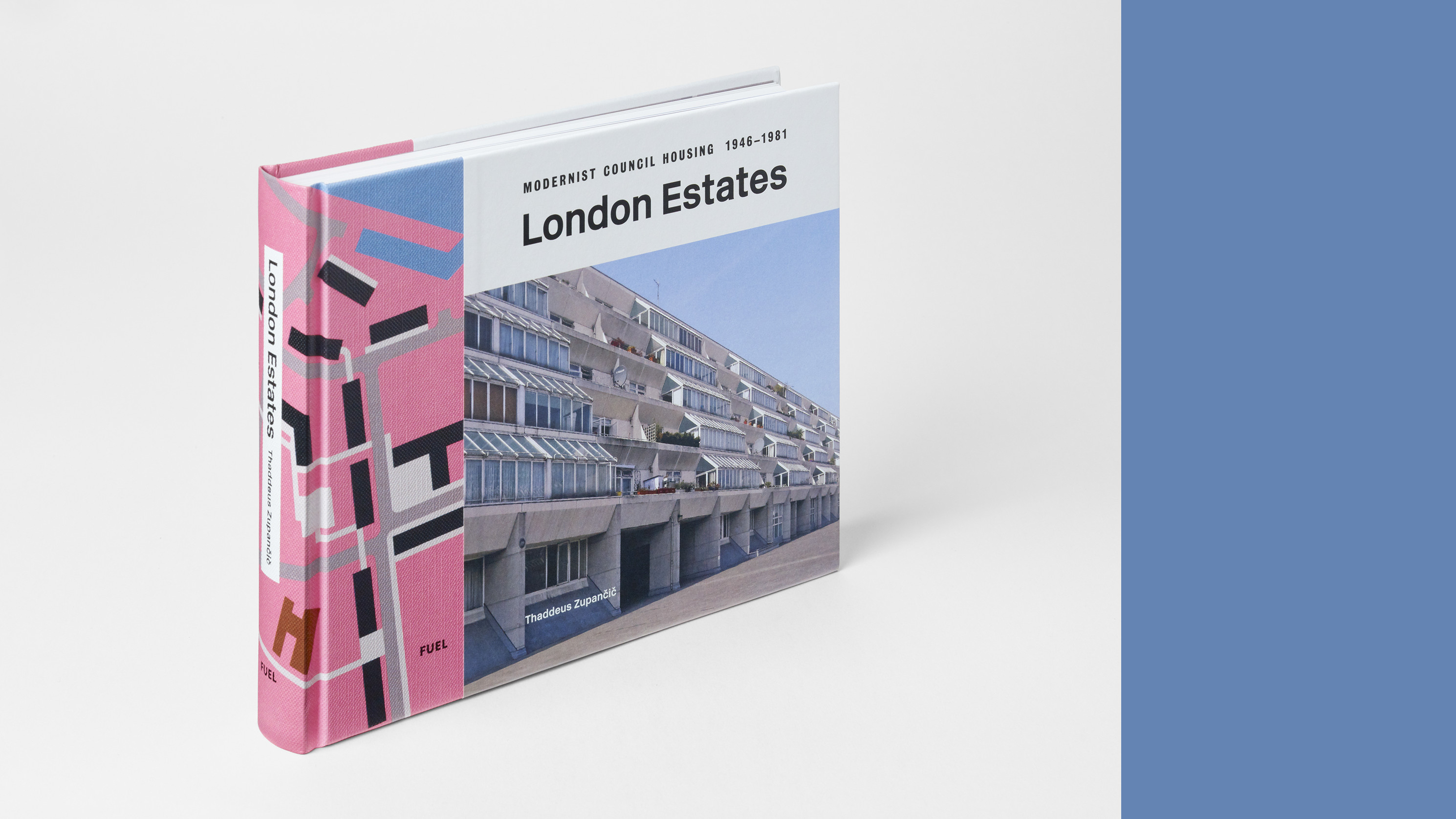
London Estates, although it is presented with FUEL’s characteristically elegant and fine design, is a deeply political book. Author and photographer Thaddeus Zupančič isn’t claiming to make a comprehensive study of every example of the capital’s extensive post-war, modernist architecture housing, but in seeking out the best, the blighted and the occasionally overlooked, he has assembled an important record.

London Estates: a deep dive into modernist council housing history
Subtitled ‘Modernist Council Housing 1946-1981’, the book captures a lost era, one in which the combination of political will, budgets and architectural talent – often via in-house design departments – came together to build some of the best-quality housing the country had ever seen.

It wasn’t all brilliant, of course – and some of the featured buildings here have since been demolished. For a time, however, council housing existed outside of the vagaries of the property market and the wild west of private rentals. Some estates descended into notoriety as they came to symbolise broader social problems, whereas others have retained their initial lustre right up to the present day. Whatever the result, the capital had never had such a comprehensive programme of social housing. Now, when need is higher than ever before, even the very best of these estates look unlikely to be replicated.

There are 275 projects catalogued in the book, from the familiar and feted to lesser-known but no less significant estates that have largely kept out of the public eye. High-rise, low-rise, brutalist, brick, system-built, monumental and mega-structural, they’re all here.
Zupančič has largely captured each scheme at its best, and it quickly becomes obvious that ongoing maintenance and a scrupulously well-kept public realm is one of the keys to long-term success.

Featured are familiar works by well-known architects including Denys Lasdun, Ernő Goldfinger, Chamberlin, Powell & Bon, and Basil Spence, but also lesser-known projects, like Kate Macintosh’s Dawson’s Heights, and many works by borough architects from around the city.
The book is dedicated to the late architectural historian Elain Harwood, one of the people responsible for increasing the heritage recognition of many of these schemes, helping recast council housing in a more positive light for a new generation that needs it more than ever before.

London Estates: Modernist Council Housing 1946–1981, by Thaddeus Zupančič, £26.95, FUEL, Fuel-Design.com
Also available to buy from Waterstones and Amazon







